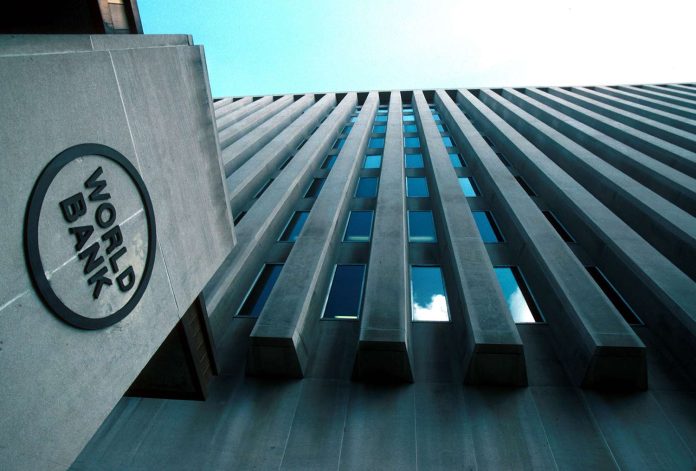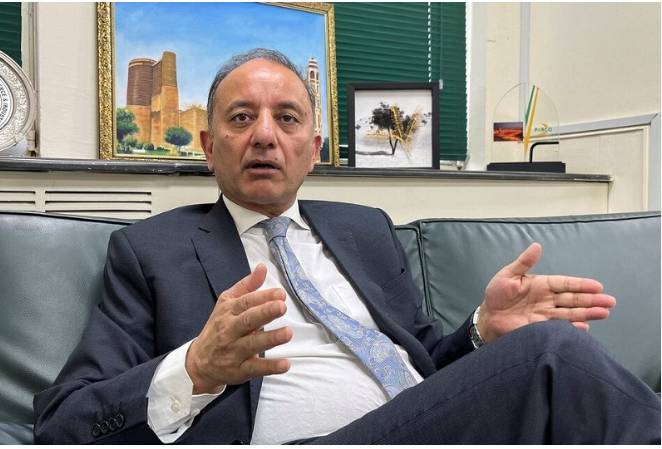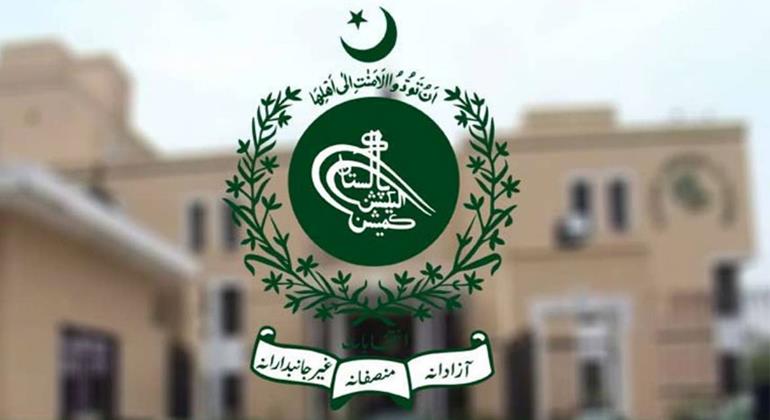ISLAMABAD, June 27 (TNF): Pakistan’s energy intensity, measuring energy consumption per dollar of GDP, is recorded at 4.2 megajoules per USD, which is more than double that of Bangladesh at 1.9 MJ/USD and Sri Lanka at 1.7 MJ/USD, according to the World Bank’s latest report.
The report, titled Pakistan Energy Efficiency, Industrial Energy Efficiency and Decarbonization (Ee&D), underscores inefficiencies in energy use across the country, particularly in the industrial sector that accounted for over 37% of national energy consumption approximately 14 million tonnes of oil equivalent in fiscal year 2023.
The World Bank highlighted how rising energy costs, including steep increases in electricity tariffs and gas prices, have eroded industrial profitability, making investments in industrial energy efficiency critical.
Industrial energy efficiency is noted as a key element of Pakistan’s Nationally Determined Contributions to reduce carbon emissions and improve competitiveness. The report stated that Pakistan’s industrial carbon intensity stands at 55.13 grams of CO2 per megajoule, nearly 38% higher than North America’s levels and 50% more than that of the EU.
With the adoption of energy-efficient technologies and upgrades, Pakistan targets a reduction of 5.33 million tonnes of CO2 equivalent in industrial emissions by 2030. However, the World Bank pointed out that firms often hesitate to pursue energy efficiency investments due to perceived high costs and concerns over competitiveness, especially when framed as decarbonization rather than efficiency measures.



